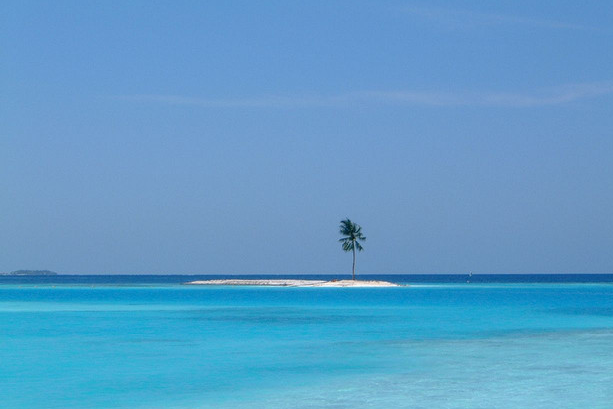Errors & Omissions: Diana, Princess of Wales, on a desert island, and other unexpected images
High percentage of readers patronised and misled by glitches in this week’s Independent

Your support helps us to tell the story
From reproductive rights to climate change to Big Tech, The Independent is on the ground when the story is developing. Whether it's investigating the financials of Elon Musk's pro-Trump PAC or producing our latest documentary, 'The A Word', which shines a light on the American women fighting for reproductive rights, we know how important it is to parse out the facts from the messaging.
At such a critical moment in US history, we need reporters on the ground. Your donation allows us to keep sending journalists to speak to both sides of the story.
The Independent is trusted by Americans across the entire political spectrum. And unlike many other quality news outlets, we choose not to lock Americans out of our reporting and analysis with paywalls. We believe quality journalism should be available to everyone, paid for by those who can afford it.
Your support makes all the difference.Pretty well everybody understands what a percentage means. To assume that readers don’t is patronising. It also provides an opportunity for errors and exaggerations.
But we were at it again at the beginning of a news report published on Monday: “Nearly one woman in five says she is the breadwinner in her household. Seventeen per cent of women who are in a relationship say they bring home the most money in their household, according to a study by Scottish Widows.”
So the study says 17 per cent. However, the idiot reader, apparently, won’t understand that, and needs to be told it is nearly one in five. But it isn’t, not if you are being honest with the figures. One in five is 20 per cent. One in six is 16.6 recurring per cent. So 17 per cent is, near as damn it, one in six. To render it as “nearly one in five” is misleading.
• The readers are not only innumerate; they are devoid of imagination. This means that they are unable to form a mental picture of anything unless you compare it with something familiar to popular culture.
Here is the beginning of another news story from Monday: “Think of it less as Desert Island Discs and more as nuclear island artwork. At the height of Cold War tension, fearful that Soviet missiles raining down on the British Isles could destroy prized art treasures, Whitehall officials drew up secret plans to save the country’s finest paintings for anyone who survived the atomic apocalypse.”
Does a comparison with Desert Island Discs really shed any light on a plan to preserve art treasures in a nuclear war? Come off it.
• Will we never be free of “Princess Diana”? Like the floral tributes attached to the gates of Kensington Palace each year on the anniversary of her death, this misapplied title keeps popping up.
On Wednesday, a picture caption said: “A portrait of Naomi Campbell alongside Princess Diana is part of the Marlene Dumas retrospective at Tate Modern.”
Let’s say it again: she started life as Lady Diana Spencer; upon her marriage she became the Princess of Wales; after her divorce she was Diana, Princess of Wales. To be Princess Diana she would have to have been born the daughter of a monarch or the daughter of a son of a monarch.
Arcane stuff, but it does matter a bit, because to call her “Princess Diana” carries the suggestion that she enjoys a sort of inherent royal status independent of her marriage, which is a controversial idea.
• This is from a news report on Thursday: “The Home Secretary announced that the inquiry is to be led by Justice Lowell Goddard, who sits in the New Zealand high court and will be given tough new powers to force witnesses to appear.”
The bit about the tough new powers should be a separate sentence. It looks uncomfortable alongside “sits in the New Zealand high court”.
Join our commenting forum
Join thought-provoking conversations, follow other Independent readers and see their replies
Comments